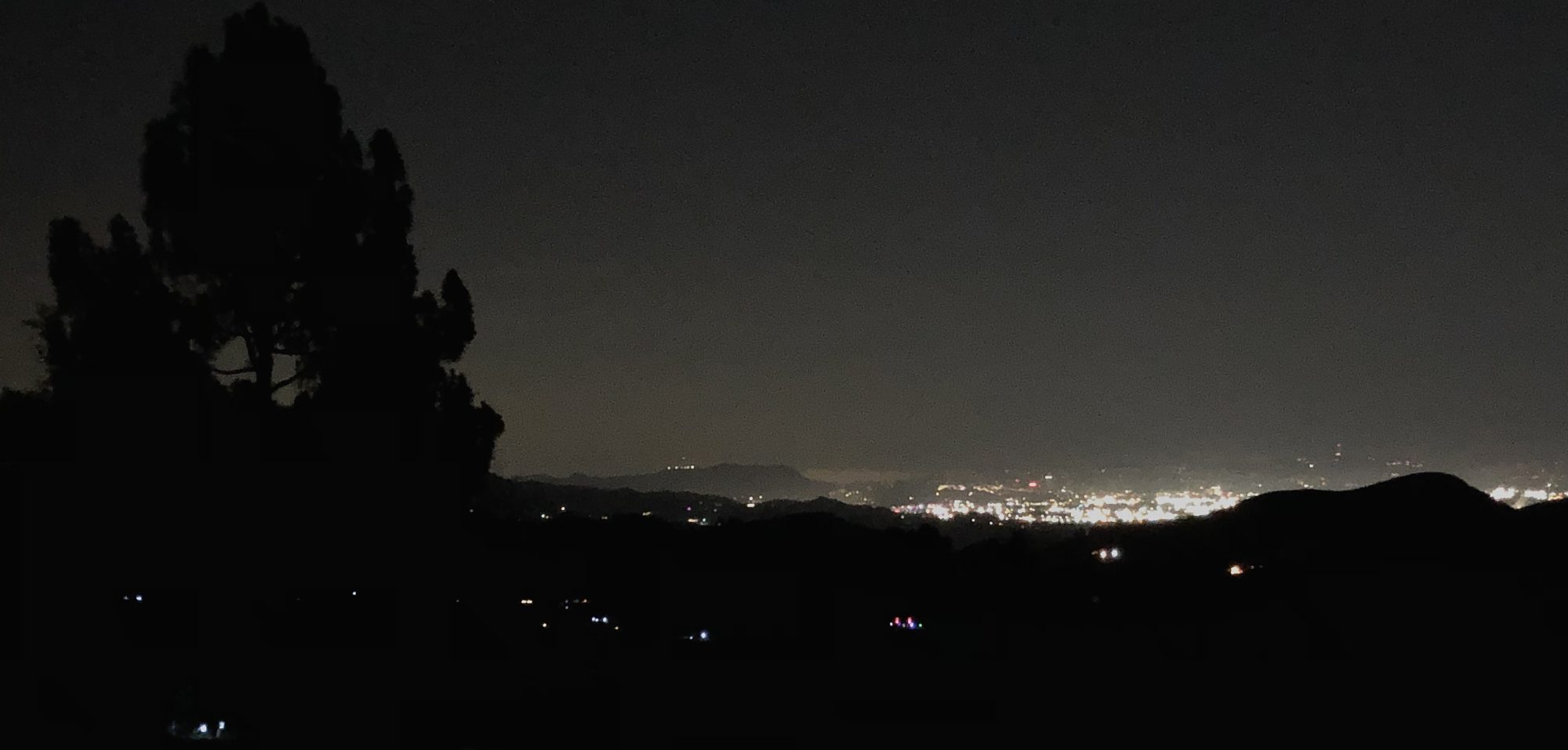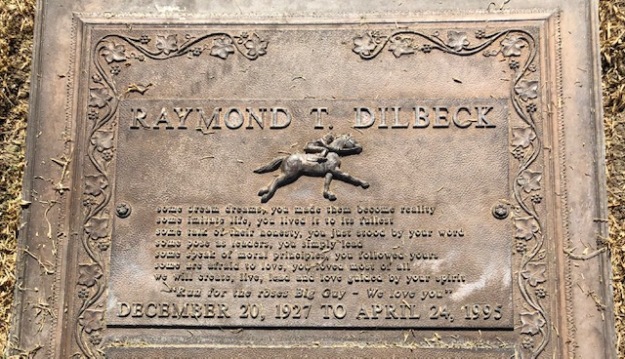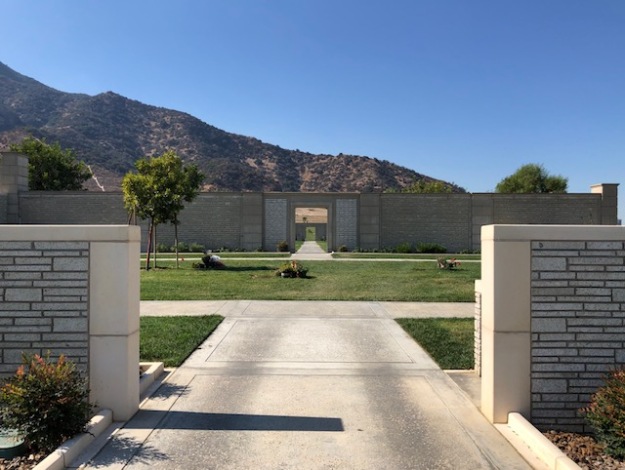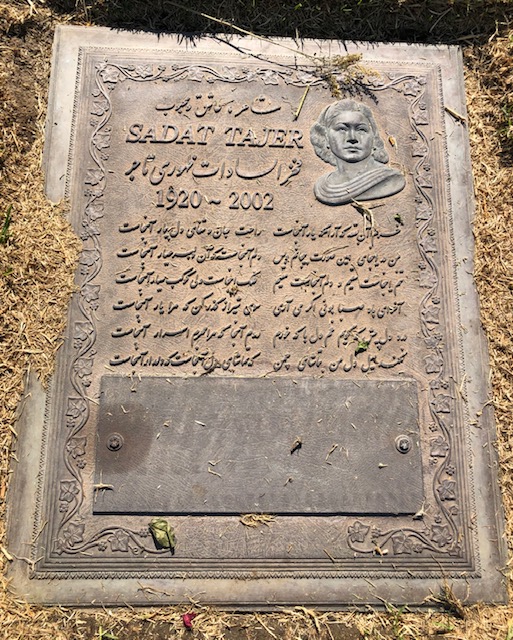
The Valley Village View began posting around Halloween, three years ago. The first entry took the theme “Days of The Dead” and explored LA’s early pioneer cemeteries and memorials. This year the View indulges morbid curiosity by visiting the patriotic-themed Forest Lawn Memorial Park in the Hollywood Hills. Nobody gets out of this post alive.
“The first Forest Lawn, in Glendale, was founded in 1906 by…Dr. Hubert Eaton, a firm believer in a joyous life after death. He believed that most cemeteries were “unsightly, depressing stoneyards,” and pledged to create one that would reflect his optimistic beliefs and be “As Unlike Other Cemeteries As Sunshine Is Unlike Darkness.” He envisioned Forest Lawn to be “A Great Park Devoid Of Misshapen Monuments And Other Signs Of Earthly Death, But Filled With Towering Trees, Sweeping Lawns, Splashing Fountains, Beautiful Statuary, Cheerful Flowers, Noble Memorial Architecture With Interiors Full Of Light And Color, And Redolent Of The World’s Best History And Romances.”
— Wikipedia’s blurb on Forest Lawn’s history

Opened in 1952, this was the second branch of what became, thereby, the world’s first branded funeral parlor chain. “One call does it all” goes the slogan, the ultimate in key-pad convenience for the booked-up bereaved. Flowers, mortuary, casket, crematory, grassy knoll, eternal sunshine of the spotless mind, all on-site, you takes yo’ pick. The idea was genius.


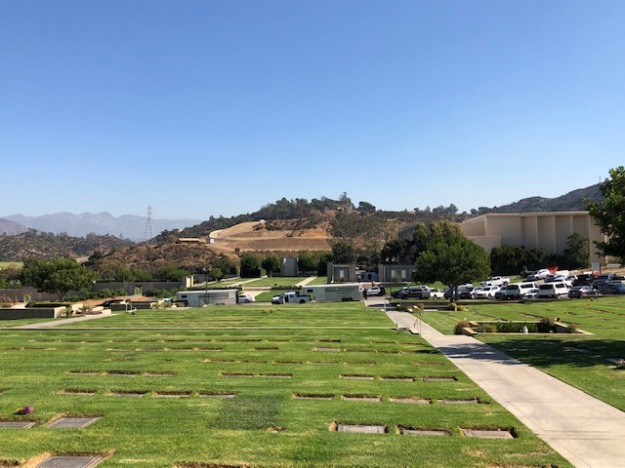
The chic aesthetic revolution of flat headstones was birthed by cost-cutting: one man riding one power-mower could finish a whole section in a day.
It occurs to the visitor that, founded where it was, and when it was, and decorated the way it is, and contiguous with the LA Equestrian Center and the bridle paths of Griffith Park as it happens to be, Forest Lawn is best explained as LA’s Hollywood Regency boneyard.
The Loved Ones lie on a sloping terrace of the Hollywood Hills, just east of the Cahuenga Pass, overlooking the LA River (“overlooking” meaning you won’t see it). The land for the memorial park — it’s NOT a cemetery — was once a rich pasturage of the Rancho Providencia. In 1911 “Uncle Carl” Laemmle bought it as a movie ranch for Universal Pictures, the genesis of what would become Universal City. Just across the River in Burbank is the Warner Bros. Studio, and the Walt Disney Studio. It’s next door to Mt. Sinai, the Jewish cemetery. So, location, location location.
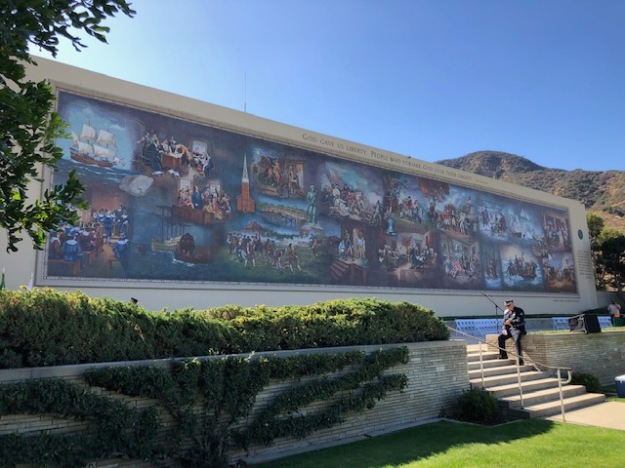
The branch opened at the height of a very hot war in Korea, and a very Cold War against Stalin, whose death that year rattled everybody.The Democrats were finally out; but the Russians had the bomb; America’s government and its civic religion both got hot-wired by anti-Communists like Joseph McCarthy, and, er, Dr. Hubert Eaton. Because just then, millions of people from the East, of all social classes and all religious denominations, flooded into Southern California to re-invent their lives, and then drop dead. Forest Lawn gave these socially displaced cadavers a traditional American churchyard-and civic-square setting out here on “the Coast.” The Founder understood that since nobody in California has Mayflower ancestors, that means everybody does, or can seem to have had.

Charles Ball, sculptor 

You Know Who
That kind of casually elitist, or democratic, socially slippy sleight-of-hand is the soul of Hollywood Regency. Forest Lawn is pure fudge, where anybody from anywhere can stake a claim — for eternity — to America’s storied heroes and civic ideals, portrayed in Venetian glass mosaics.

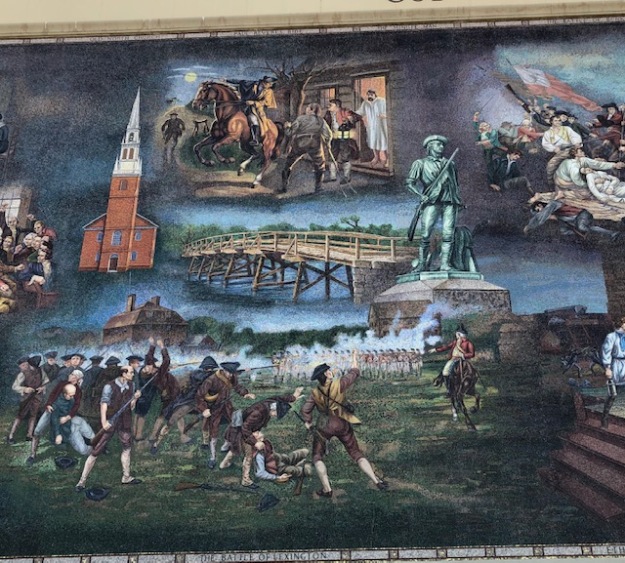

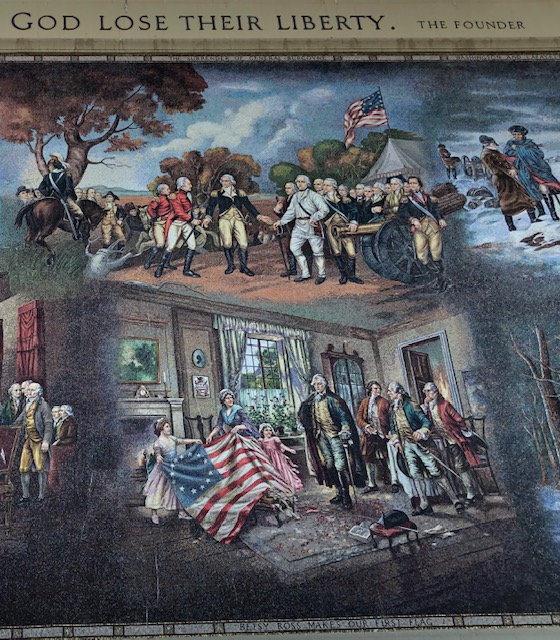


Mommy, why is Henry Clay scowling at me?
Many commentators have rolled their eyes at Forest Lawn’s kitschy and helium-filled platitudes conflating God and Freedom, inscribed on exhibits and plaques and statues everywhere. These appear from a distance to have sacred and important messages, but if one actually turns aside from mourning, or headstone-hunting, to engage with the installations, some pack a sentimental wallop, but some seem mere blurbs. Click-bait for Patient Reader: Puzzle out the following inscriptions.


The top panel makes no sense 



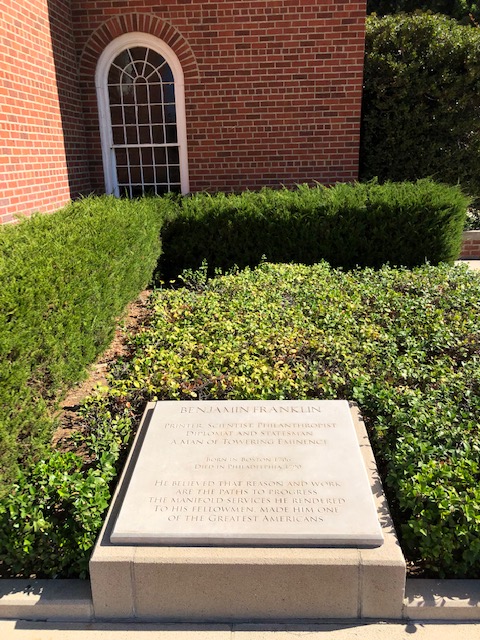
(Pssst…he’s actually buried in Philadelphia)
So the theme is not American history, per se, but American historicity. Its appeal would seem to be to folks who love the mythos of America, but don’t actually know, or care to know, too much about it. Thus it has been safely popular with the socially-insecure movie colony, and of course it is in Hollywood’s own backyard, highly visible and accessible, especially for the horsey set of the Valley. But as the Industry’s Baby Boom generation passes, so, probably, will Forest Lawn’s cachet. I suspect most young Hollywood types will gasp at the mosaic of Lincoln Freeing the Slaves, and opt instead for the ash-sprinkling off Mt. Kilimanjaro.


The Marshall Family plot 
“Sit on it” 


“Tennis in the morning, poker in the evening, racing in the afternoon.” That’s Hollywood Regency, baby.
That doesn’t mean the cemetery isn’t popular. The huge number of Korean, Chinese, Armenian and Persian-language gravestones around the Court of Liberty suggests that a plot in Forest Lawn has become a node of successful assimilation for striving immigrants, and a haven for religious dissenters and refugees from some of the world’s most oppressive regimes. Seeing them does get one thinking hard about the meanings of American freedom. The people buried here, after all, have voted with their corpses. May they rest in peace in the land of green hills and golden sunshine. We’re lucky to be here, all of us, every one.

Click below for a fascinatingly bizarre website honoring “The Founder,” written up by Charles Disney (a cousin of Walt).
